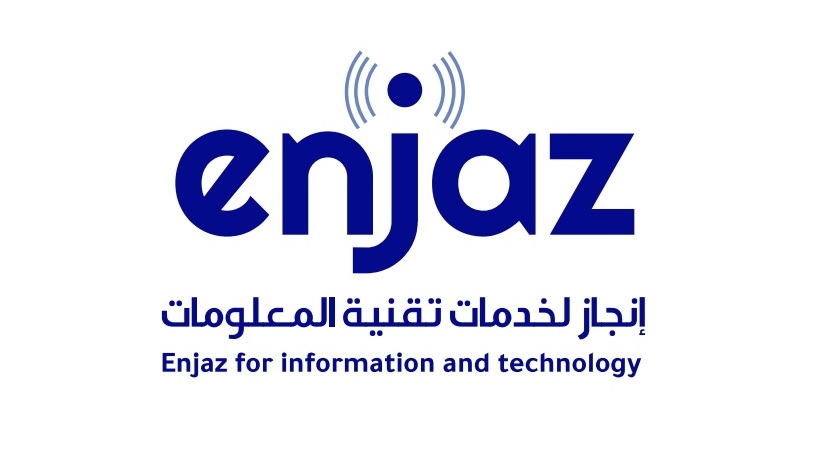How can we help you?
Today’s network security system typically relies on multiple layers of protection and consists of multiple components including network firewalls, web applications firewalls to protect against L7 attacks and endpoint protection for security hardening on network hardware and other appliances. All components work together to increase the overall security of the network be it a Data Center or Office. It has become challenging to define Security layers in today’s hybrid environments where Applications are hosted on Cloud as well as in premise, thereby creating another layer of Complexity to the Security architecture.
Enjaz today has invested in creating a full-fledged Security Practice to address today’s Security challenges in the market by providing and integrating a host of solutions from Global vendors as well as hardening skills to address this.
Network & Application Security
Web applications allow employees secure access to critical business resources of the front end (website), intermediate layer (web server) and backend (database server). Web Application Firewalls (WAF) provide focused, layered web application threat protection for enterprises, custom application service providers, and SaaS providers. Using advanced techniques WAF provides advanced bi-directional defense against buffer overflows, malicious sources, cross-site scripting threats, DoS attacks and refined threats like SQL injection, cookie poisoning, and several other web application attack types.
Patch Management
Missing security updates is one of the leading threat vectors exploited by malwares. Automated patch management solution scans connected endpoints and servers to find missing patches on OS and third party applications. Automated Patch Management will help reduce delivery time for critical and high risk patches. Further, it gives you visibility on the status of current compliance levels against leading industry benchmarks. It gives you extensive reports on the most vulnerable systems and overall view of the environment.
SIEM Solutions
Security Incident and Event Management (SIEM) can be defined as the process of identifying, monitoring, recording and analyzing security events or incidents within an IT environment. Most SIEM systems work by deploying multiple collection agents which collect security-related events from end-user devices, network devices, servers equipment — and even dedicated security devices like firewalls, antivirus or IPS/IDS. SIEM allows to store data for longer time frames so that decisions can be made based on complete data sets, which enable organizations to perform analysis and visualization aiding recognition of patterns or target activity or any other data that does not fit into a normal pattern. SIEM also allows alerts for potential security problems to be activated in several forms e.g. sending notifications to dashboard, sending an email to concerned personnel or text message. The data necessary for compliance with company, organizational or government policies is automatically collected by the SIEM solution.
